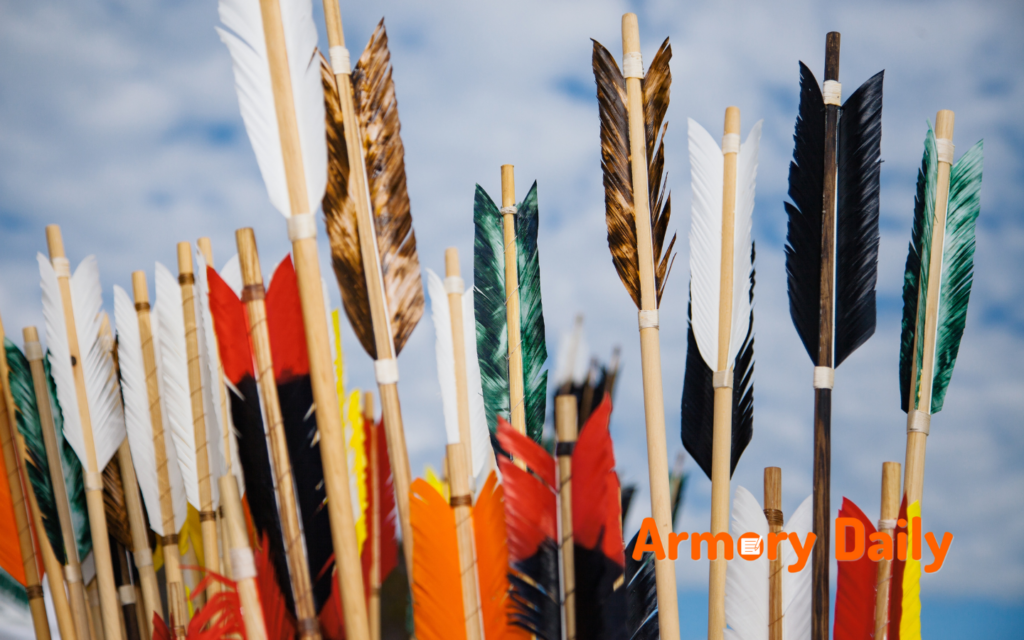
The Science Behind Archery: Techniques for Perfect Arrow Flight
Archery is an ancient practice that has stood the test of time. From its origins as a hunting technique to its modern-day sporting events, archery has maintained its popularity and continues to evolve. One of the key elements of successful archery is achieving perfect arrow flight. This requires an understanding of the science behind archery and the implementation of specific techniques. In this article, we will explore the science behind archery and provide valuable tips for achieving perfect arrow flight.
Understanding Arrow Flight
The flight of an arrow is influenced by various factors, including the bow’s power, draw weight, arrow length, fletching, and the shooter’s form. To achieve perfect arrow flight, it is essential to understand how each of these factors contributes to the arrow’s trajectory.
Bow Power and Draw Weight
The power of a bow, determined by its draw weight, plays a significant role in arrow flight. A higher draw weight results in greater arrow velocity, which can contribute to a flatter and more stable trajectory. However, using a bow with a draw weight that is too heavy for the shooter can lead to inconsistent shooting form and, ultimately, poor arrow flight. It is important to find a balance that allows for optimal arrow speed without sacrificing shooting accuracy.
Arrow Length and Fletching
The length and fletching of an arrow also impact its flight. Longer arrows tend to flex more, which can affect their stability in flight. Additionally, the fletching (or feathers) on an arrow helps to stabilize its flight by creating drag and steering the arrow. Properly sized and positioned fletching can significantly improve arrow flight, while incorrect fletching can lead to erratic arrow behavior.

Shooter’s Form
The shooter’s form and technique are perhaps the most crucial factors in achieving perfect arrow flight. Proper posture, hand placement, and release technique all play a role in ensuring a consistent and accurate shot. Even the slightest deviation in form can result in a significant impact on arrow flight. Therefore, it is essential for archers to practice proper form and technique to achieve consistent and predictable arrow flight.
Techniques for Perfect Arrow Flight
Now that we have a basic understanding of the science behind archery and arrow flight, let’s explore some techniques for achieving perfect arrow flight.
Consistent Anchor Point
Establishing a consistent anchor point is crucial for achieving consistent arrow flight. The anchor point is where the shooter positions their drawing hand in relation to their face when at full draw. This creates a reference point for each shot, allowing for a repeatable and consistent release.
Proper Grip and Hand Placement
The grip and hand placement on the bow also play a significant role in arrow flight. The bow hand should have a relaxed and consistent grip, allowing for a clean and consistent release. Additionally, the drawing hand should maintain a relaxed grip on the string, with the fingers positioned in a consistent and controlled manner.
Smooth Release
A smooth and controlled release is essential for achieving perfect arrow flight. Tension or jerking during the release can result in erratic arrow flight. Proper follow-through after the release can also contribute to a smooth and consistent shot.
FAQs
How can I improve my accuracy in archery?
Improving accuracy in archery requires consistent practice, proper form, and understanding the science behind arrow flight. Working with a qualified instructor can also be beneficial for improving accuracy.
What is the best draw weight for a beginner archer?
The best draw weight for a beginner archer will vary depending on the individual’s strength and experience. It is essential to start with a draw weight that is manageable and allows for proper form and technique. As strength and technique improve, draw weight can be adjusted accordingly.
How important is arrow length in achieving perfect arrow flight?
Arrow length can significantly impact arrow flight, particularly in terms of flex and stability. It is essential to find the right arrow length for your bow and shooting style to achieve optimal performance.
Can fletching be customized for different shooting conditions?
Yes, fletching can be customized for different shooting conditions. The size and shape of fletching can be adjusted to accommodate specific environmental factors, such as wind and weather conditions, to achieve better arrow flight.
Achieving perfect arrow flight in archery requires a comprehensive understanding of the science behind arrow flight and the implementation of specific techniques. By considering factors such as bow power, arrow length, fletching, and shooter’s form, archers can work towards achieving consistent and accurate arrow flight. With consistent practice and attention to detail, archers can master the art of perfect arrow flight.
Published in Archery

Responses